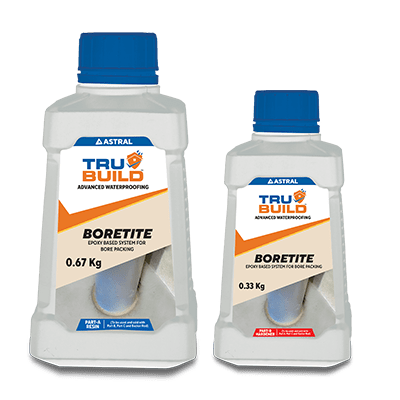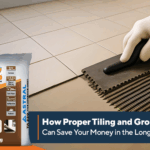How to Protect Exterior Walls from Water Damage?
Oct 4, 2025
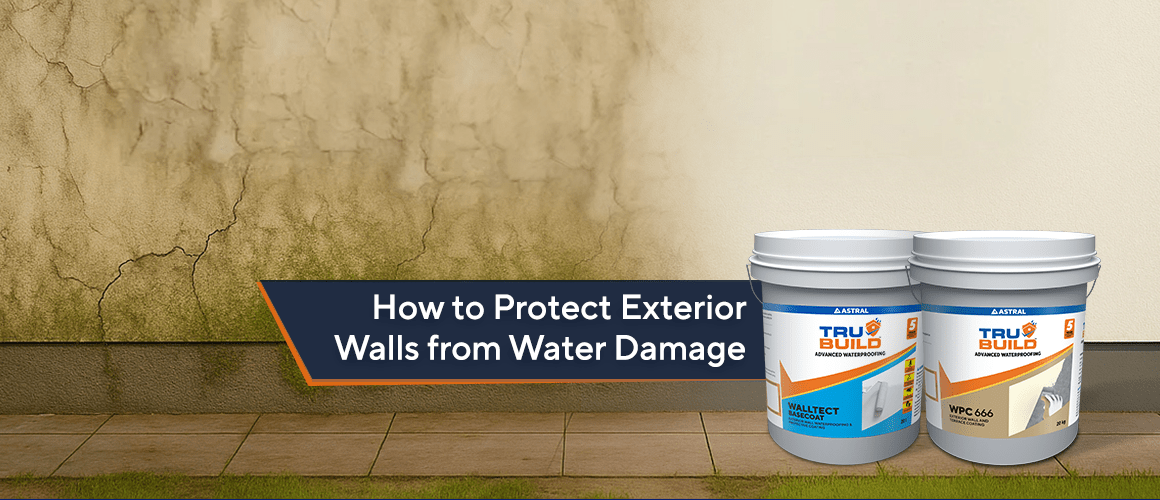
Every homeowner worries about problems like peeling paint, damp patches, or cracks appearing on their walls. This concern rises especially during and after the monsoon season. Exterior wall water damage not only spoils the look of a building but also weakens its structure over time.
In India, where weather conditions range from heavy rain to harsh sunlight, it becomes essential to protect the exterior walls of your home against moisture. Effective wall waterproofing offers a lasting solution to prevent water damage wall before it becomes expensive to repair.
What are the Primary Causes of Exterior Wall Water Damage?
Exterior wall water damage usually occurs due to problems like poor drainage systems, hidden wall cracks and loss of protective coating. When moisture finds its way into the wall, it slowly breaks down the structure from within. Understanding the main causes of these issues can help tackle the leakage and damage problems effectively.
Poor external drainage
- Clogged gutters and downspouts: Rainwater gets collected when gutters are blocked with debris. The overflowing water then runs down the wall and soaks the surface.
- Improper ground slope: If the area around the building slopes towards the foundation, the rainwater easily gathers near the base. It then allows seepage through capillary action.
Structural vulnerabilities
- Cracks in walls or the foundation: Repeated heating and cooling cycles cause expansion and contraction of materials. This leads to cracks that let water inside the walls.
- Weak mortar or plaster: Aged or damaged mortar can absorb water easily. This exposes the inner layers to moisture.
- Failed DPC (damp-proof course): When the waterproof barrier between the wall and ground ages or is blocked, the water rises into the walls. This leads to water damage wall.
- Corroded wall ties: The rusted metal connectors within cavity walls can also create cracks that become entry points for water.
Failures in protective barriers
- Faulty seals: Gaps around window or door frames easily allow rainwater to seep in.
- Low-quality paint or coating: Sometimes, paint loses its waterproof property and this lets moisture absorb directly into the wall.
- Poor waterproofing: Inadequate solutions used for waterproofing during construction often leave hidden weak spots that absorb water. This is why it is important to choose effective and quality waterproofing coatings to avoid water damage wall.
Hidden and internal sources
- Leaking plumbing: Moisture from leaking pipes or tanks damages walls from the inside.
- Condensation: Poor ventilation can also cause moisture to collect on walls. It often leads to mould growth.
4 Essential Steps to Protect Exterior Walls from Water Damage
Waterproofing a wall requires attention to detail and proper layering. Follow these four essential steps that will help protect exterior walls from long-term water damage.
Step 1: Surface Preparation and Cleaning
A clean, smooth base allows any waterproofing material to bond properly.
- Inspect the exterior walls for cracks, flaky paint and damp areas.
- Clean the surface thoroughly using a brush or power washer to remove dirt, grime, mould and loose paint.
- Allow the surface to dry completely before you proceed to the next step.
Step 2: Crack Repair and Joint Sealing
Even the smallest cracks allow water to seep through and cause hidden moisture buildup.
- Identify cracks and gaps using visual inspection or a moisture meter.
- Fill the visible openings with a durable crack filler or a repair mortar. Create an even and sealed surface with the filler.
- For large expansion joints, use a strong polyurethane sealant because it offers flexible protection against wall movement.
Step 3: Applying the Waterproofing Basecoat
Once the surface is ready, apply a solid base layer that acts as the first line of defence.
- Use a product like Trubuild Walltect Basecoat, designed specifically for exterior surface protection.
- Apply an even coat using a roller or brush on the cleaned and repaired surface.
- Allow it to dry as recommended. Then apply a second coat for better durability.
- This basecoat reduces porosity and helps to block water from penetrating the wall layer below it.
Step 4: Finishing with a Protective Topcoat
A finishing coat adds beauty as well as added strength against external stress.
- Choose a high-quality waterproof elastomeric topcoat like Trubuild Walltect Topcoat that resists UV rays and water.
- Apply two or more thin layers evenly, covering corners and edges properly.
- Let each coat dry completely before applying the next one for a consistent finish.
Additional Tips for Long-Lasting Wall Protection
- Clean gutters and downspouts regularly to prevent overflow during heavy rains.
- Inspect the exterior walls at least twice a year for early signs of wall dampness.
- Conduct a simple test by sprinkling water over the surface. If the water absorbs quickly, it may be time for reapplication.
Choosing the Right Solution for Exterior Wall Waterproofing
Every building has different challenges depending on its age, location and exposure. Make sure that you opt for trusted waterproofing products suited to your wall type and local weather. At Astral Trubuild, we offer a range of exterior wall waterproofing solutions:
- Trubuild WTS 888 Water Thinnable Sealer: A water-based sealer that deeply penetrates porous surfaces like brick and concrete. It provides UV resistance for durable waterproofing.
- Trubuild CFP 525 (Crack Filling Powder): It is a cement-based powder made specifically to fill and seal static cracks up to 5 mm in plastered surfaces.
- Trubuild Primesure Premium: This is a water-based acrylic primer that enhances substrate adhesion and bond strength on multiple surfaces. It helps to enhance durability and reduce blister formation before topcoat application.
- Trubuild WPC 666: It is an acrylic-based elastomeric exterior coating that forms a thick, seamless and UV-resistant protective layer. With high elongation, it helps to bridge cracks and protect walls from moisture.
Each product is designed to address important aspects of exterior wall waterproofing. For Indian homes that face both monsoons and sunlight throughout the year, coatings with UV resistance and flexibility work best to prevent water damage wall. Considering things like durability, ease of maintenance and finishing quality helps achieve long-term protection from exterior wall water damage.
Regular maintenance, timely wall waterproofing and effective drainage systems go a long way in preventing exterior wall water damage. Choosing good quality waterproofing solutions today can save you from expensive structural repairs tomorrow.
Keep your walls strong, resilient and visually appealing throughout all seasons, with Astral Trubuild’s waterproofing solutions.
FAQ
How often should I re-waterproof my exterior walls?
It is recommended to reapply waterproof coatings every 5 to 7 years. Recoating frequency may vary based on your location, exposure and maintenance practices to avoid water damage wall.
Can normal paint be used to prevent wall dampness?
No, normal paint lacks waterproofing properties. Only specialised waterproof paints or coatings can stop water from seeping through and causing damp patches.
What is the best type of sealant for large wall cracks?
A polyurethane-based sealant is ideal for large wall cracks. It maintains flexibility after curing and prevents gaps from reopening due to wall expansion.


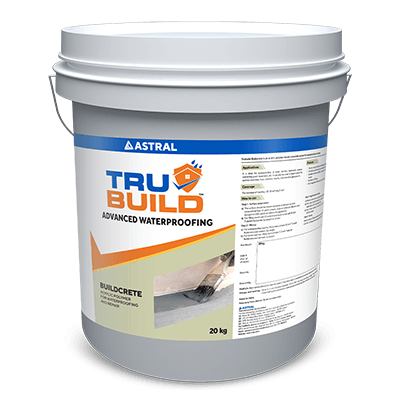
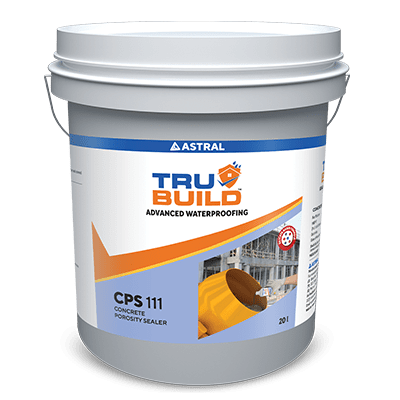
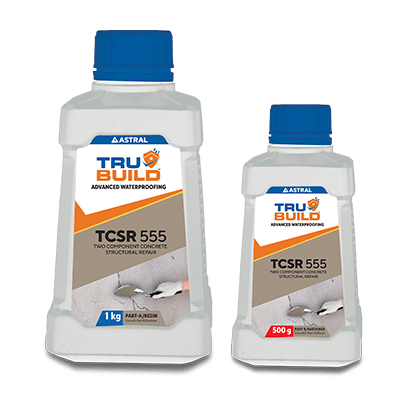
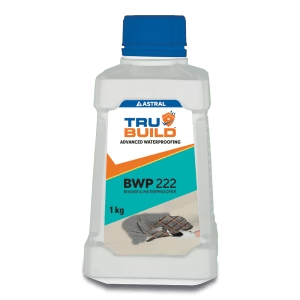
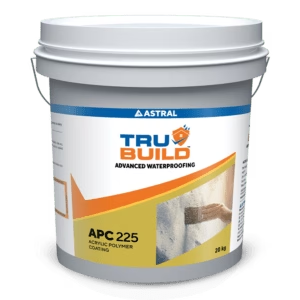
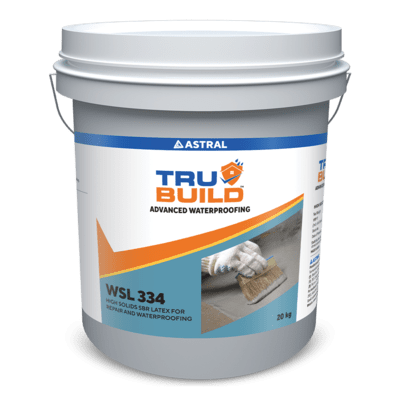
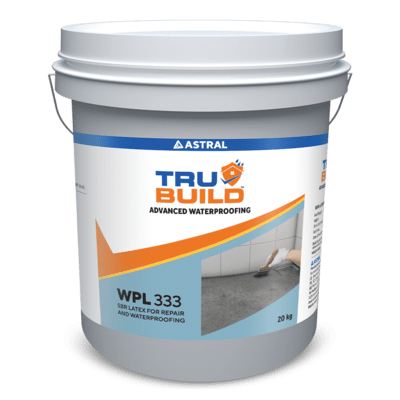
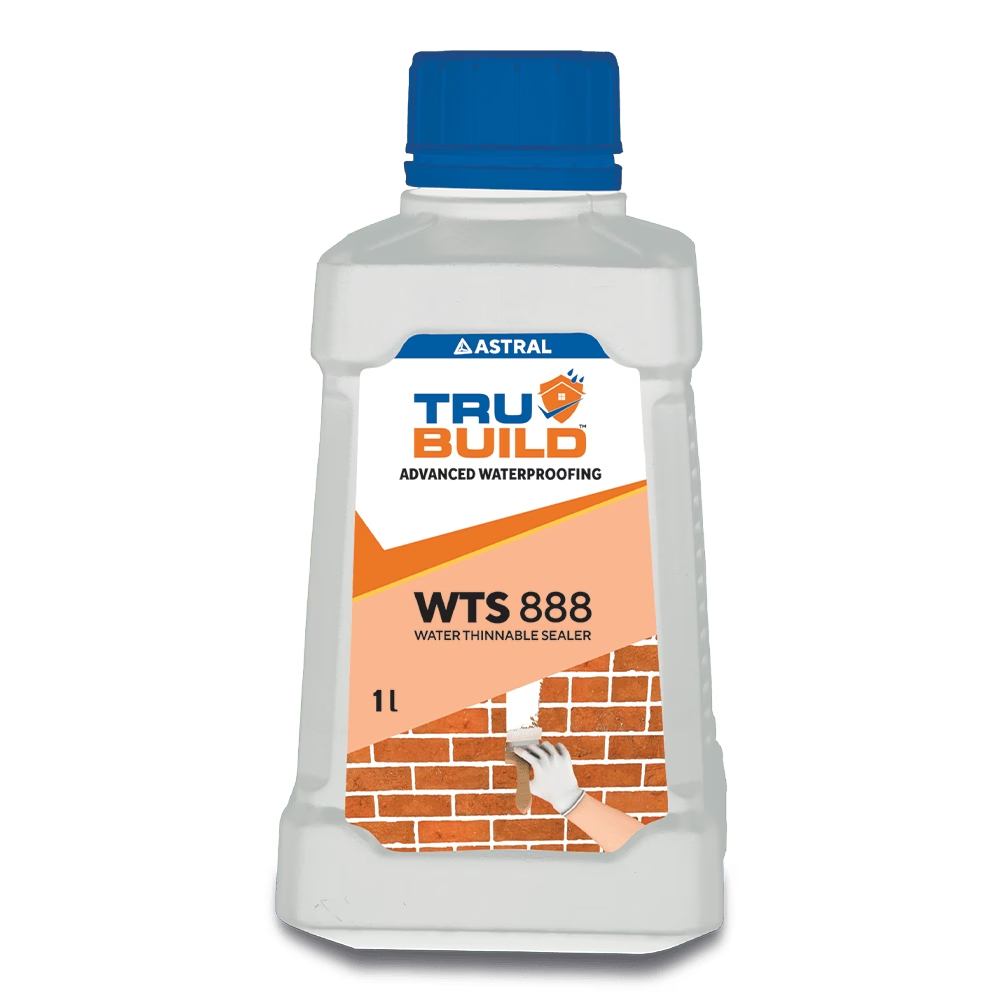
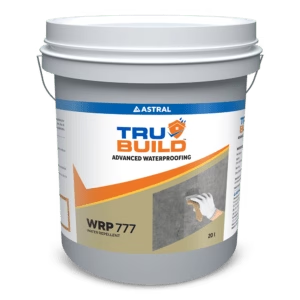
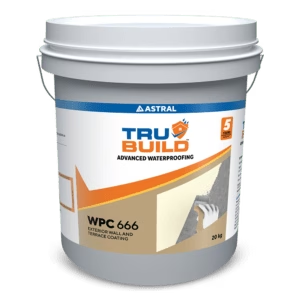
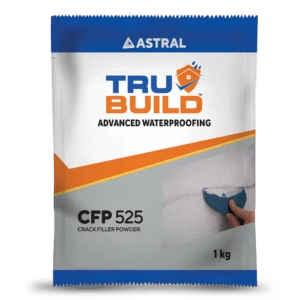
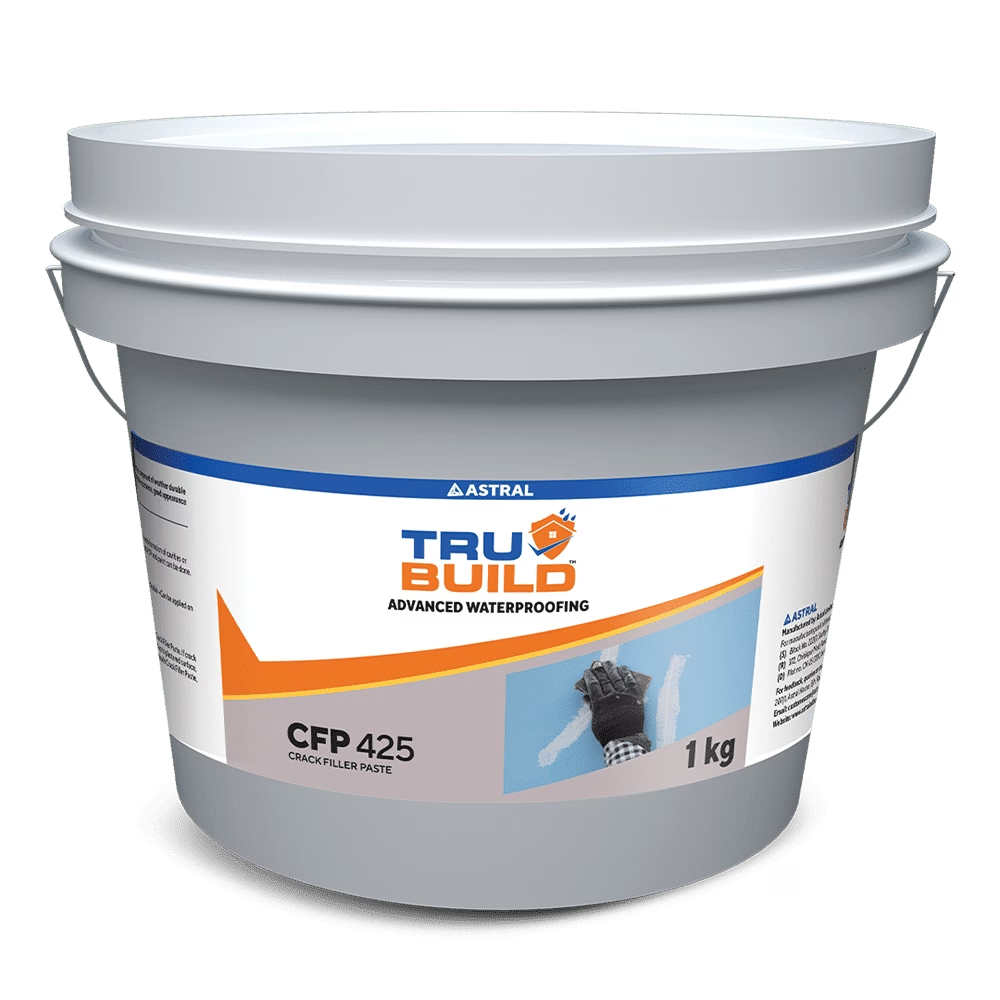
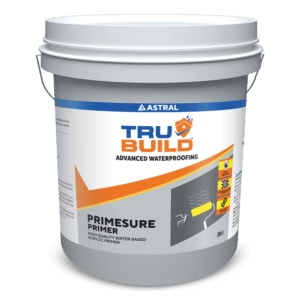
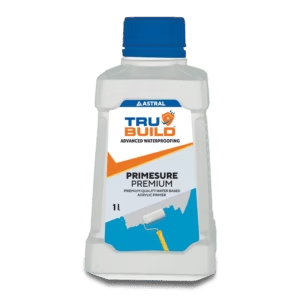
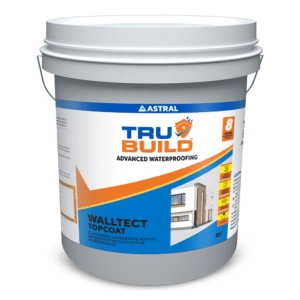
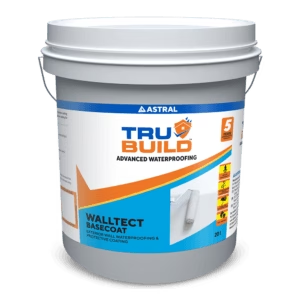
 Professional Sealants
Professional Sealants 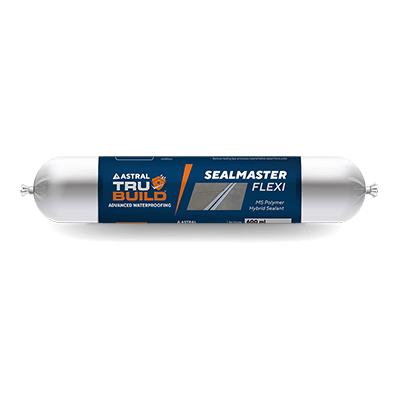
 Roof Waterproofing
Roof Waterproofing 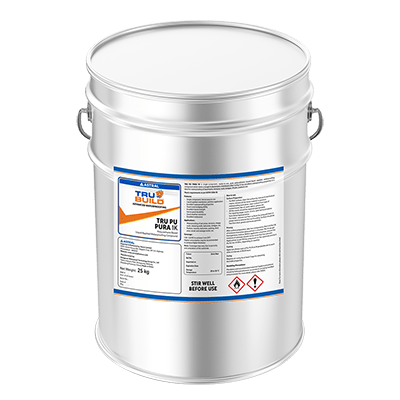
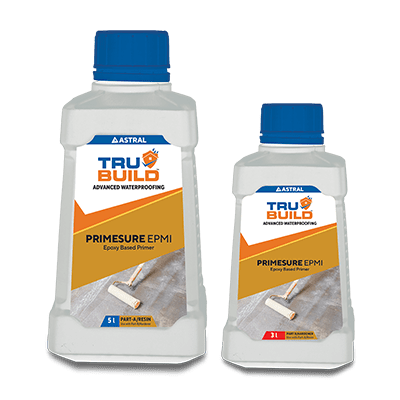
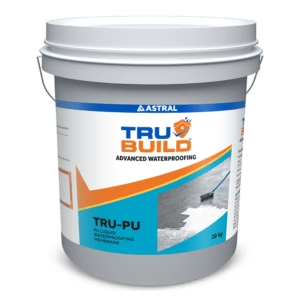


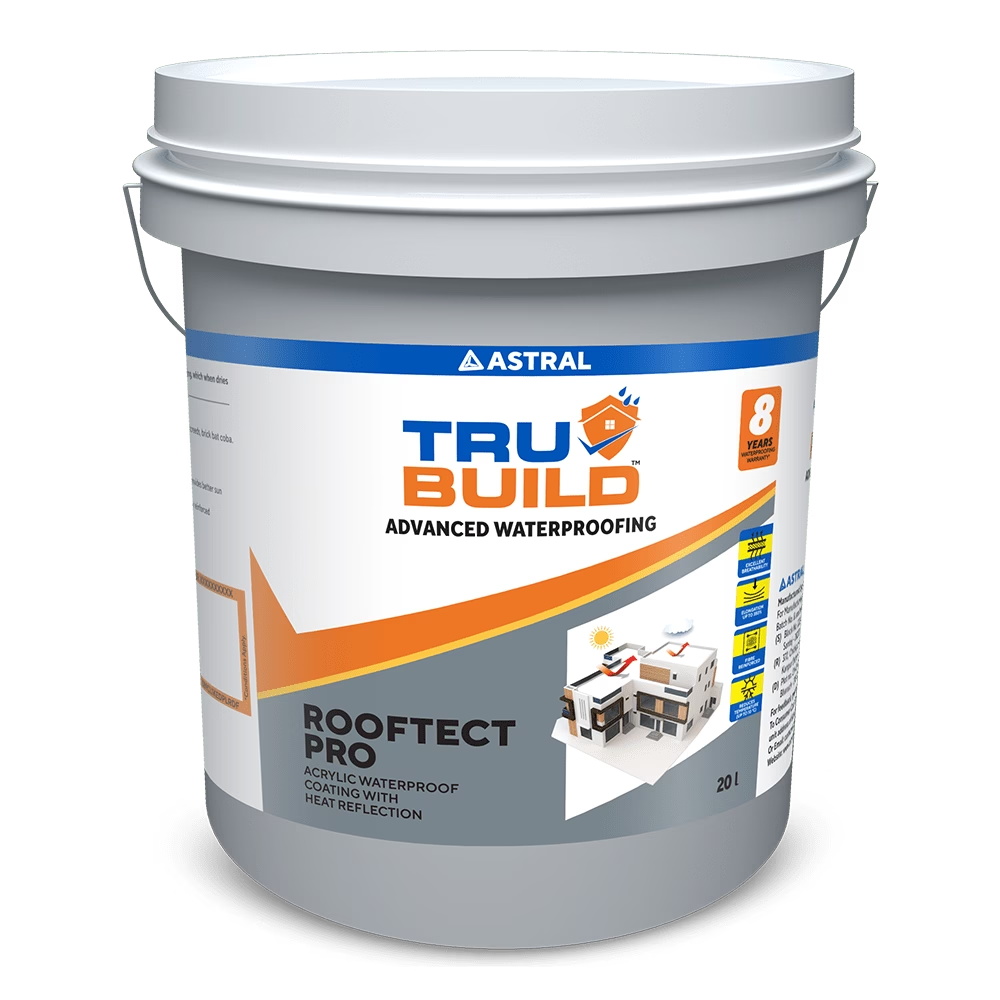
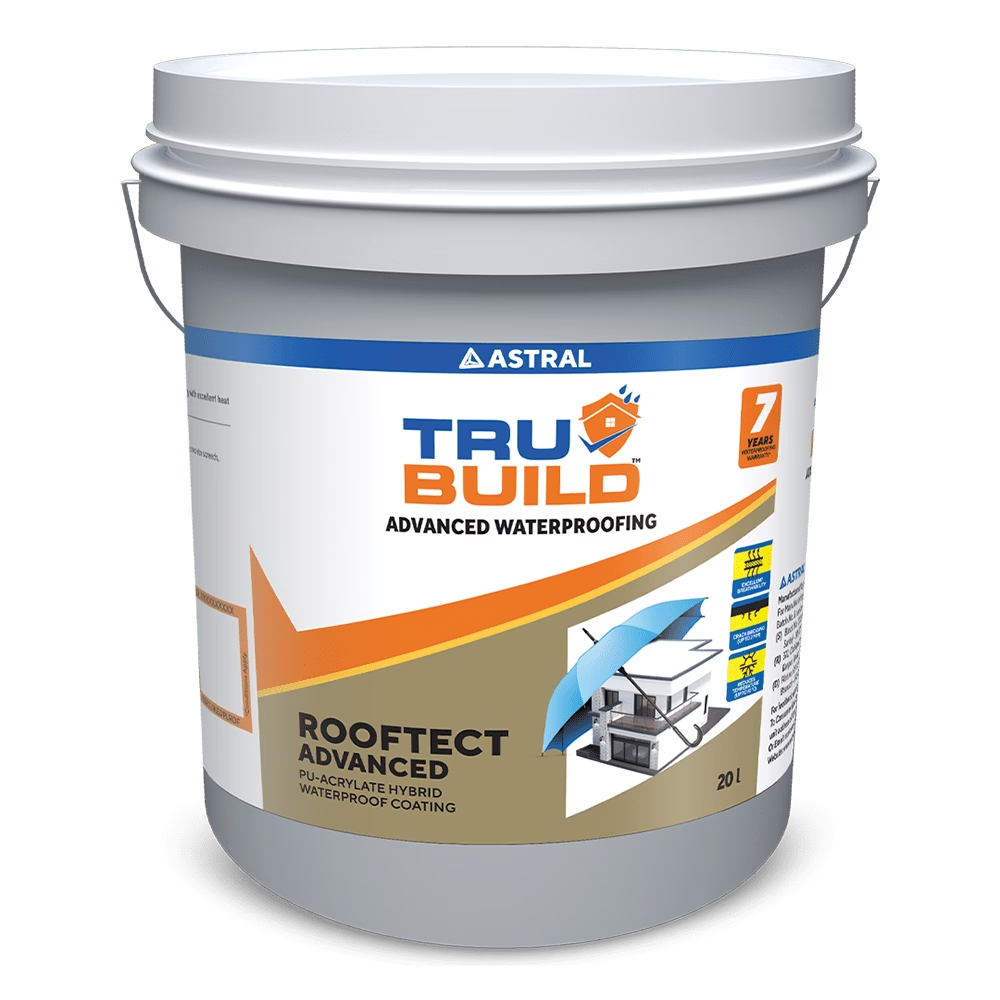
 Substructure Waterproofing
Substructure Waterproofing  Tiling and Grouting
Tiling and Grouting 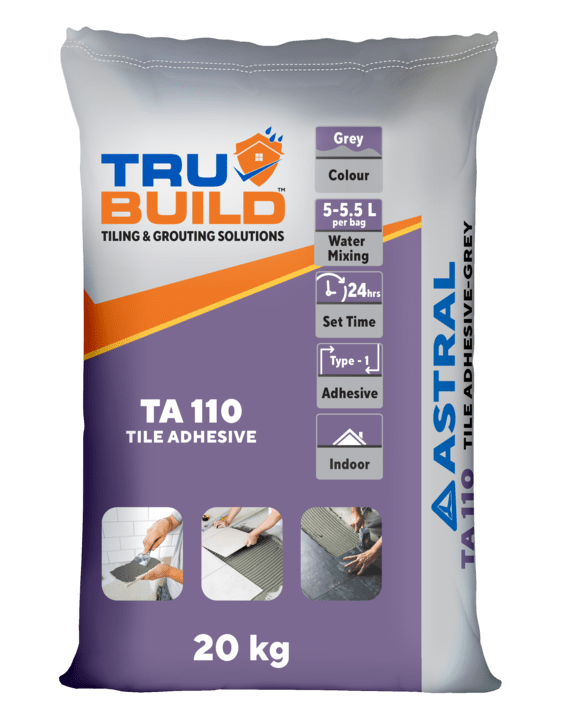
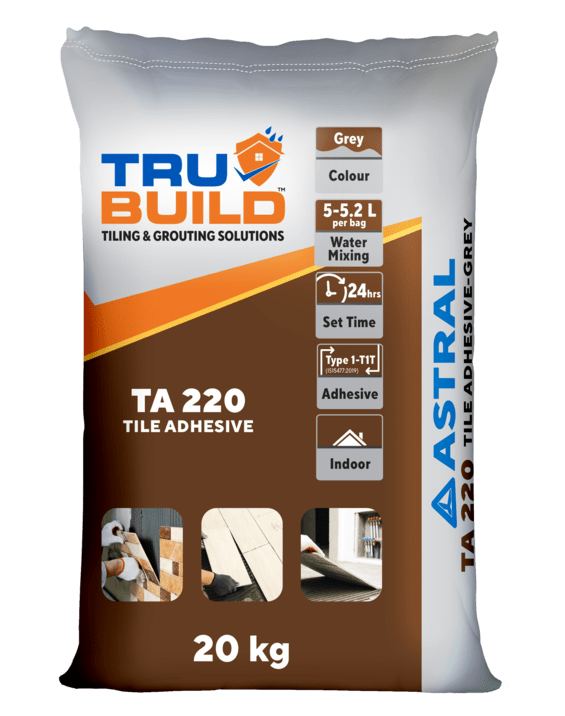
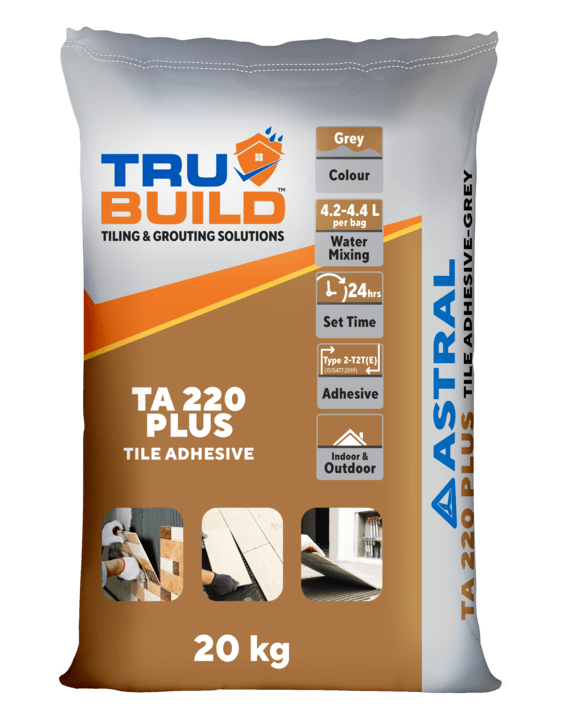
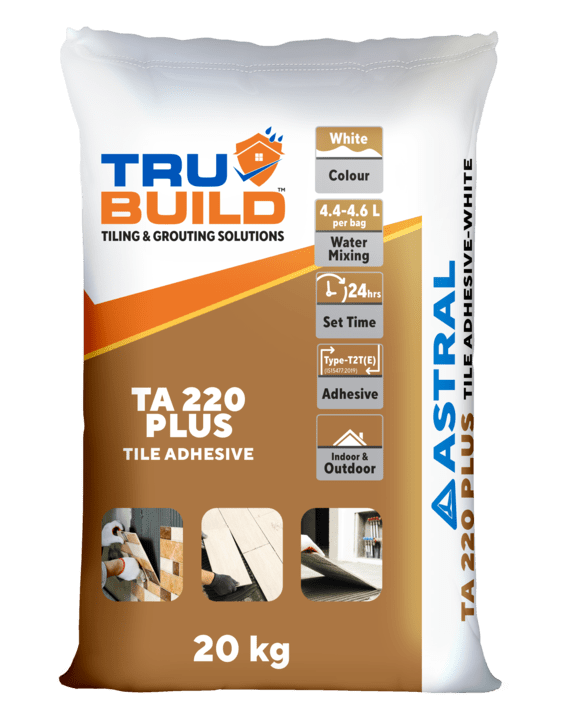
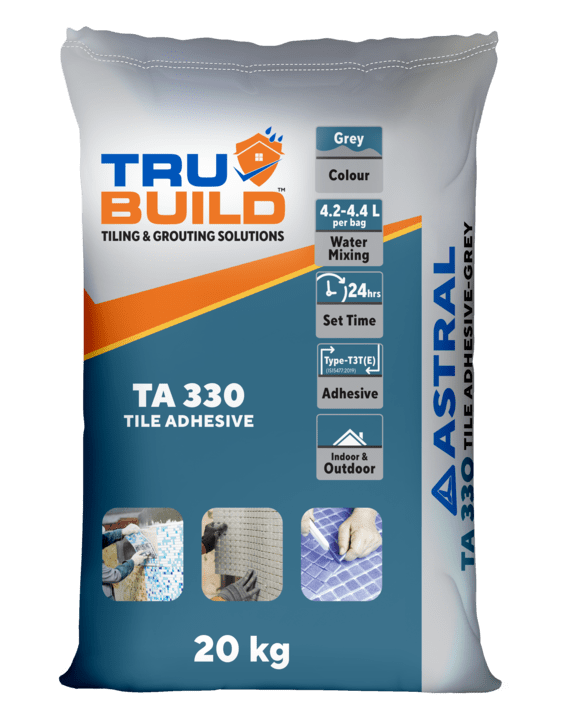
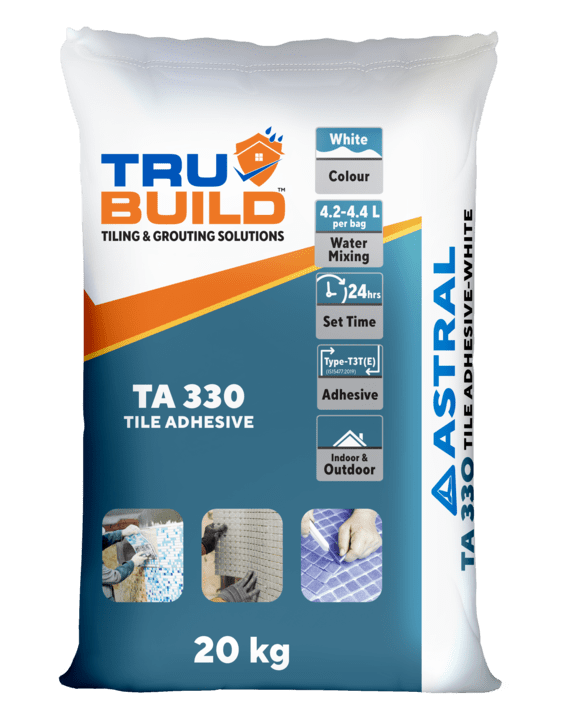
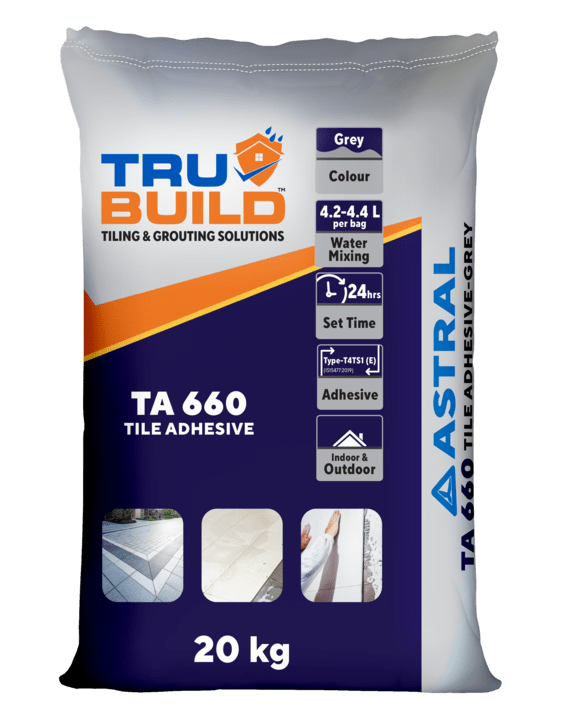
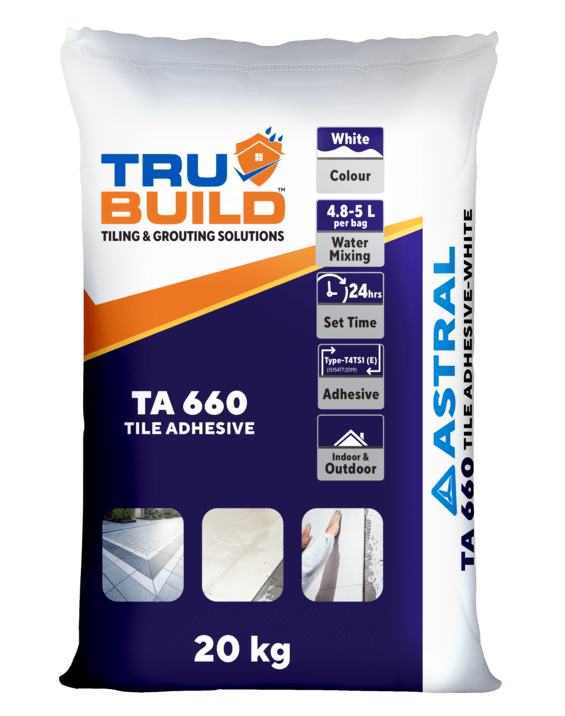
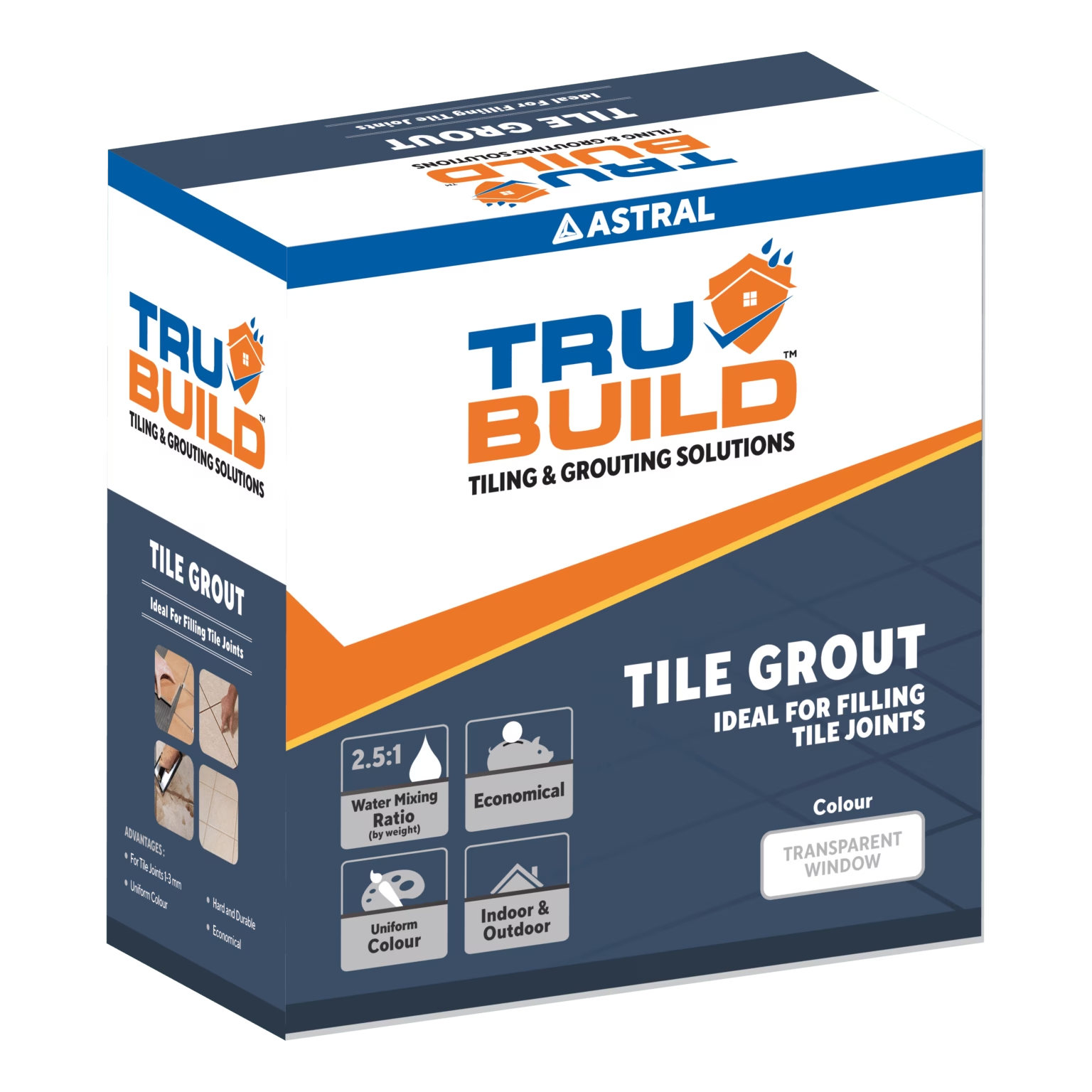
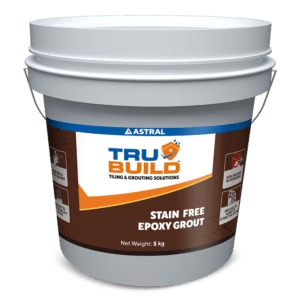
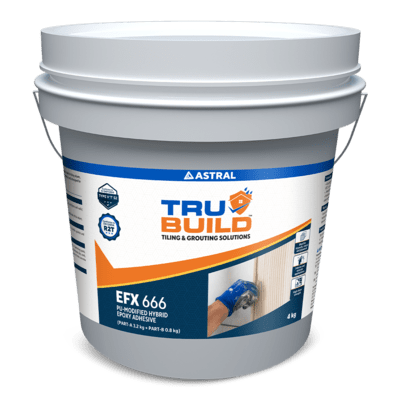
 Water Tanks and Other Areas
Water Tanks and Other Areas 